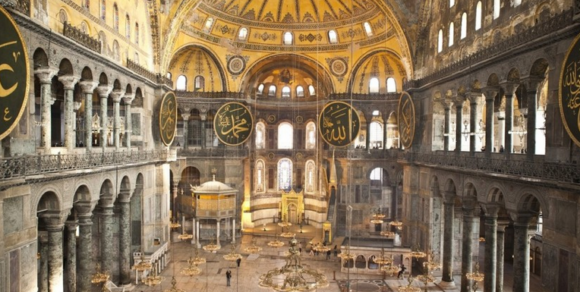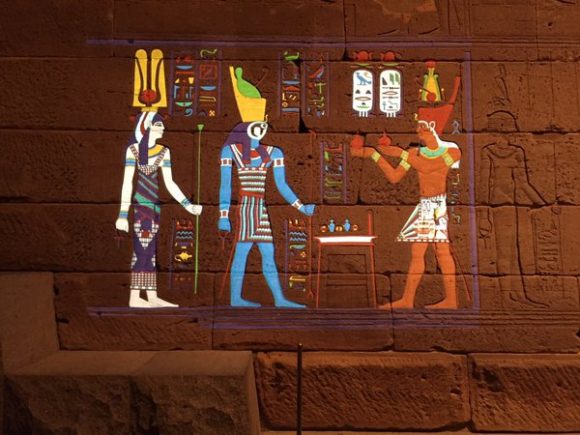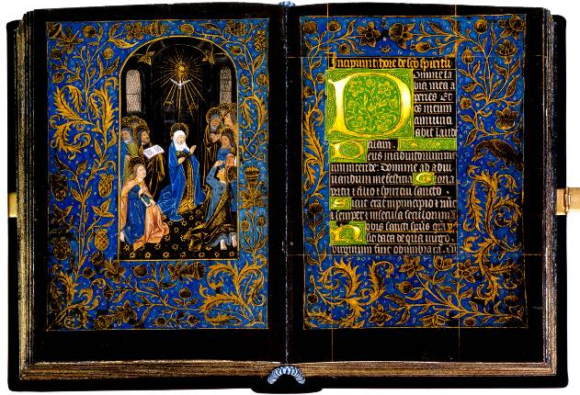Sounds of the Hagia Sophia from the Middle Ages
Breathtaking acoustics! Do not miss a chance to watch (and listen to) this beautiful video.
From The Smithsonian,
You Can Hear Hagia Sophia’s Sublime Acoustics Without a Trip to Istanbul
Stanford scientists have digitally created the building’s unique sound, taking listeners back to the Middle Ages
“Hagia Sophia, a former church and mosque, is an important part of Istanbul’s long history. Who knew its sublime sound could be transferred to Stanford?
Twice in the past few years, Stanford scholars and scientists have worked to digitally recreate the experience of being in Hagia Sophia when it was a medieval church. Collaborating with choral group Cappella Romana, they digitally recreated the former holy building’s acoustics, and performed medieval church music in the university’s Bing Concert Hall as if it was Hagia Sophia. Their efforts are part of a multi-year collaboration between departments at Stanford that asks the question: can modern technology help us go back in time?
The “Icons of Sound” project focuses on the interior of Hagia Sophia, using recordings of balloon pops taken in the space and other audio and visual research to figure out the building’s acoustics by extrapolating from those noises. The scientists used that data to recreate the experience of being there—an experience that has been in some ways timeless for the almost 1,500 years the building has stood. But much has changed for the Hagia Sophia in that time…”
For the original article, click here to go to The Smithsonian.
Share


